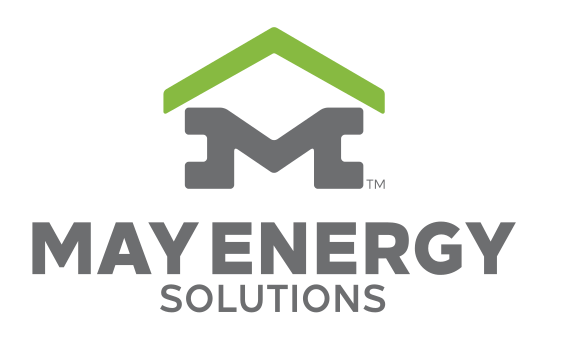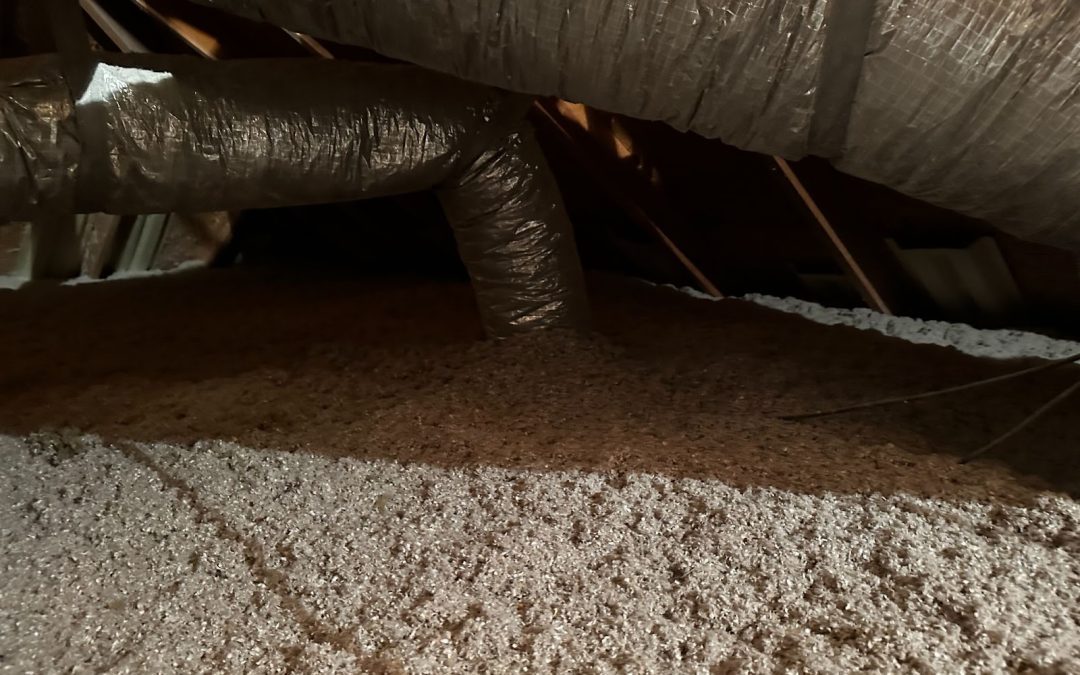Building a new home or upgrading your insulation, brings in multiple questions. Like what should be the right R-value? What would be the right type of material and whether or not will it be moisture resistant and safe? That’s why understanding all the factors involved in insulation is crucial to ensure you won’t face high energy costs and uneven temperature drafts. Worse, trapped moisture, that could create the perfect conditions for mold growth and structural damage.
So, how do you make sure you get it right? This guide is here to make things simple. Keep reading as we help you understand and choose the right insulation that works for your home and budget and why consulting an insulation contractor is a decision that pays off.
Understanding R-Value and Insulation Efficiency
One of the most critical factors when choosing insulation is the R-value, which measures its ability to resist heat flow. The higher the R-value, the more effective the insulation.
Your home’s climate and the area you are insulating determine the recommended R-value.
|
Area |
Recommended R-Value |
Climate Zone |
|
Attics |
R-30 to R-49 |
Warmer Climates (Zones 1-3) |
|
R-49 to R-60 |
Moderate Climates (Zones 4-5) |
|
|
R-49 to R-60 |
Cold Climates (Zones 6-8) |
|
|
Walls |
R-13 to R-21 (depends on wall thickness) |
All Climate Zones |
|
Basements & Crawl Spaces |
R-10 to R-20 (to prevent heat loss and moisture issues) |
All Climate Zones |
Types of Insulation For Various Purposes
With various insulation types available, it’s essential to choose the right one for your specific needs. A professional insulation contractor can recommend the best option from the following:
Fiberglass Insulation
Fiberglass insulation is made from fine glass fibers and comes in two forms: batts (pre-cut panels) and rolls. These insulations can be easily installed in walls, attics, and floors without the need for special equipment. Additionally, they are fire-resistant and available in various thicknesses to meet R-value requirements.
Spray Foam Insulation (Open-Cell & Closed-Cell)
This is a high-performance option that expands upon application, filling gaps and sealing air leaks, making it ideal for humid or flood-prone areas. It also comes in two types: open-cell and closed-cell foam. Open-cell spray foam is softer and allows some moisture movement, while closed-cell spray foam is denser, highly moisture-resistant, and offers a higher R-value per inch.
Cellulose Insulation
It is an eco-friendly option made from recycled paper products treated with fire-retardant chemicals. It is available as loose-fill insulation, which can be blown into walls and attics, and as retrofit insulation for older homes.
Reflective or Radiant Barrier Insulation
Reflective insulation, also known as radiant barrier insulation, is designed to reflect heat away from your home rather than absorb it. It is commonly used in hot climates to reduce cooling costs. It consists of a foil-faced material installed in attics, preventing heat from entering the living space.
Rigid Foam Board Insulation
This rigid foam board insulation consists of solid panels made from materials like polystyrene, polyisocyanurate, or polyurethane. It has a high R-value per inch, making it a great choice for basements, exterior walls, and foundations. The rigid foam board is moisture resistant and can prevent thermal bridging, which occurs when heat escapes through building materials.
Other Key Factors To Consider
Future Home Upgrades
If you’re planning future home upgrades, such as finishing a basement, converting an attic, or adding new rooms, it’s important to choose insulation that meets your current needs while also accommodating future projects. For example, spray foam is an excellent option for hard-to-reach areas, while rigid foam boards can be used for foundation walls, which may come in handy if you decide to finish your basement later.
Noise Reduction Needs
Certain types of insulation, like mineral wool or dense cellulose insulation, can provide soundproofing benefits if you want to reduce noise within your home or from the outside. These types of insulation can help absorb sound, making them ideal for bedrooms, home offices, or areas close to noisy streets.
Check for Moisture Resistance
In areas prone to high humidity or moisture, it’s essential to choose moisture-resistant insulation. If moisture is trapped within insulation, it can create an ideal environment for mold and mildew growth. These fungi thrive in damp, dark conditions and can lead to health issues such as respiratory problems, allergies, and asthma. Over time, the moisture that has seeped in through insulation can also weaken structural components like wood framing, drywall, and metal supports, leading to rotting, rusting, or warping. Fiberglass and rock wool insulation are inorganic materials and typically do not support mold or mildew growth. Cellulose is treated with a borate solution which prevents growth of mold and mildew as well as providing fire and insect resistance.
Fire Resistant
Fire resistance is another important factor when choosing insulation, particularly in areas prone to wildfires or high heat. Certain types of insulation materials can emit toxic fumes when exposed to fire and can cause damage to people and the structure of the home. Hence, in such areas, insulation with low flammability such as rock wool or cellulose is a great choice as it can slow the spread of flames and reduce the overall damage.
Energy Efficiency Incentives and Rebates
Many regions offer rebates and incentives for installing energy-efficient insulation, particularly if you choose eco-friendly or high-performance materials such as recycled paper or spray foam. These programs can significantly reduce the upfront cost of insulation and make it more affordable. Check with your local government or utility providers to see if there are any incentives available to help offset the cost of insulation installation.
Final Recommendation: How to Choose the Best Insulation for Your Needs
|
Factor |
Best Insulation Type |
|---|---|
|
Tight budget |
Fiberglass or cellulose |
|
Best air sealing |
Spray foam (closed-cell) |
|
Eco-friendly choice |
Cellulose |
|
Fire resistance |
Rock wool or cellulose |
|
Moisture resistance |
Closed-cell spray foam or rigid foam |
|
Hot climates |
Spray foam or high R-value traditional insulation |
|
Cold climates |
Spray foam or high R-value traditional insulation |
|
Humid climates |
Closed-cell spray foam or rigid foam board |
Why You Should Consult a Professional Insulation Contractor?
- A licensed contractor for insulation performs a thorough assessment to determine which areas need improvement and what type of insulation works best.
- The insulation contractor ensures insulation is installed to industry standards, preventing common problems like air leaks and uneven coverage.
- They understand the strengths and limitations of each material and can recommend the best option based on your region, budget, energy goals, and building structure.
- Many professional insulation contractors offer warranties on their work, ensuring you get lasting value from your investment.
Wrapping Up
Getting insulation for your home is a long-term investment—it’s not something you can easily change or replace every now and then – however it is an investment that will pay you back every month in lower energy bills. That’s why working with a professional insulation contractor is essential to ensure you choose the right materials and get proper installation for maximum efficiency. If you’re searching for home insulators near me, contact May Energy Solutions today and let our team help you make the right choice for your home.

